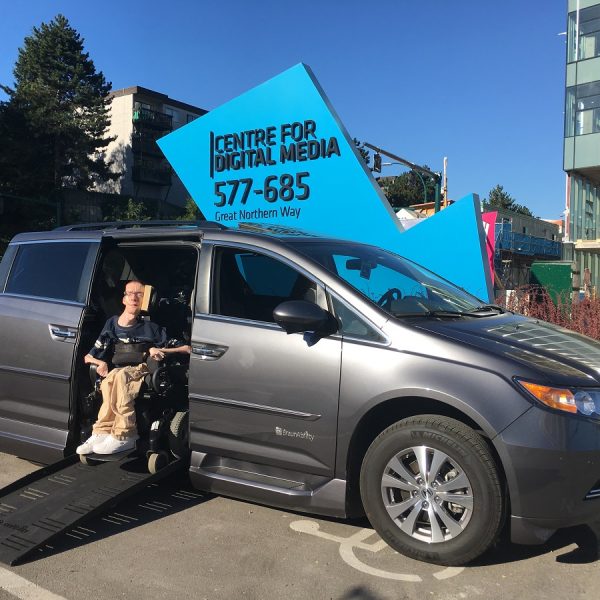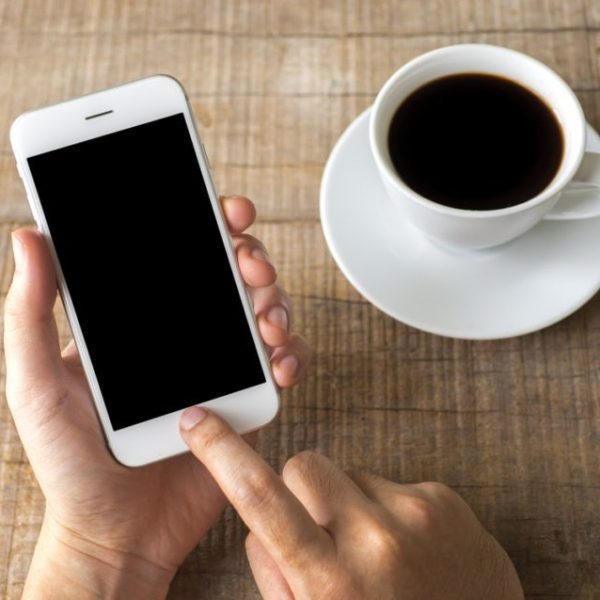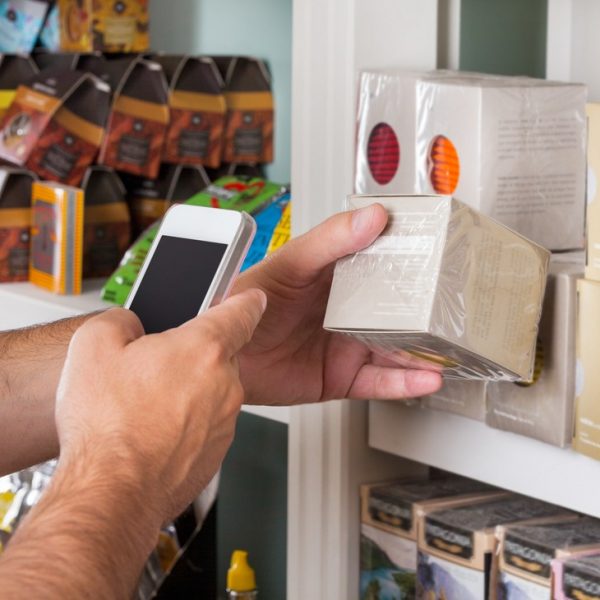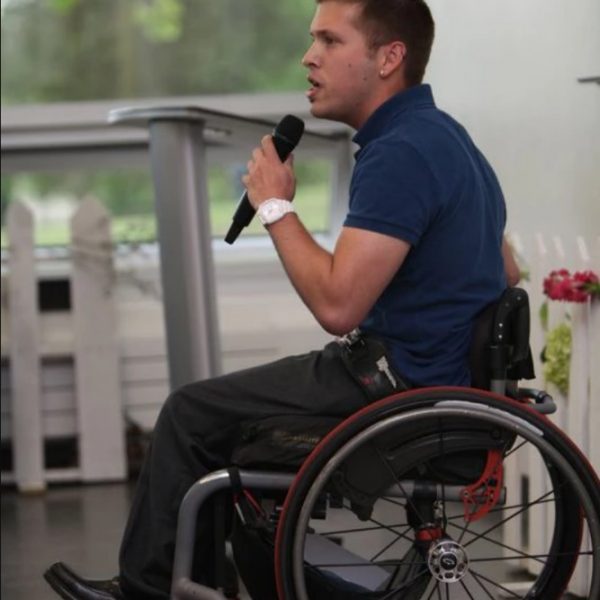Back to School Apps for 2018

The summer has passed, and September is here! Now that school is back in session, we thought we’d create a list of noteworthy “Back to School” apps for 2018. The apps have either been newly created in 2018, have just come to our attention, or have simply never been reviewed by us…after all, with so many apps on the market, it’s easy to miss a couple! And while these apps are diverse in their functions, and cover a wide range of categories, they are united by their potential in the classroom, as well as their ability to serve students, teachers, and even parents!
David Can Commute Reliably with Technology@Work

Spinal muscular atrophy is a progressive condition that weakens a person’s muscles. When David was diagnosed with it, his doctors believed he wouldn’t live past the age of two.
“I’ve always been an overachiever. As you can see, not only have I lived past the age of 2 but I have thrived,” says David on his website.
How-to: Use Siri as a Hands-Free Calculator

Right now on the iOS app store there are countless talking calculators available for purchase and even some for free. We’ve looked at Talking Calculator in the past, and it does a great job of calculating complex formulas hands-free with full VoiceOver support. For users who are blind, have low-vision, or have learning disabilities that make it difficult to visually process numbers, talking calculators can help level the playing field by giving users the ability to engage in math problems independently.
CAOT Conference Workshop

The Canadian Association of Occupational Therapists (CAOT) is hosting its annual conference in Vancouver this year, from June 20th to 23rd. Makers Making Change‘s Zee Kesler will be hosting a pre-conference workshop introducing maker skills to occupational therapists.
KNFB Reader

There’s an app on the market right now that’s changing how blind, low-vision, dyslexic, and other print-disabled users are able to interact with text. KNFB Reader uses Optical Character Recognition (OCR) technology to instantly capture and convert virtually any type of text into audio or Braille which can then be played back, shared, or printed from a Braille embosser.
Beeline Reader: Reading Made Easier

Most of us have experienced eye strain and discomfort as a result of reading text on a computer screen. Now, imagine how much that discomfort would be magnified for an AT user who struggles with reading comprehension or vision. Students, professionals, AT users, and casual technology users have all experienced symptoms associated with prolonged exposure to a screen, and who knows what kind of consequences there will be for a generation of technology users who are constantly straining their eyes?
An “Extremely Liberating Experience” for Marco

For the past six years, Marco has been running his own business as a motivational speaker. Last year, he began a contract as an Accessibility and Inclusion Consultant with the Presidents Group, a network of business leaders focused on increasing employment for persons with disabilities across British Columbia.
The Live Scribe PDF

In a previous e-bulletin we discussed some of the different kinds of Digital Pens that are on the market right now. If you aren’t familiar with digital pens, we suggest you take a look back at the article. To put it briefly, Digital pens are highly advanced and compact pieces of assistive technology that perform a wide variety of diverse functions from scanning, to converting written text into digital, to acting like a mouse. These devices look like pens, but perform many of the same tasks as computers.
Albert Experiences a Safer Commute with Technology@Work

Albert has been working as a software engineer and developer since 2010. “I am self-employed, but I work with this company right now on contract. The company does music and digital media distribution.”
Albert was born with osteogenesis imperfecta, which is characterized by brittle bones. The condition makes him prone to fractures. He uses crutches for short distances and a manual wheelchair for longer distances.
Sonocent Audio Note-Taker

Taking notes manually can be a frustrating and imperfect process. It’s often difficult to keep up with the speaker, and most serious note-taking sessions result in cramped hands and hastily-written, hard to read notes.Now, with advent of digital note-taking technology, the process of taking notes can be much simpler, not to mention easier on the wrists. Anyone with a smartphone has access to digital note-taking technology; users simply need to go to their respective app store and choose from any number of free audio recording apps. Now imagine taking that audio recording a step further by adding typed or dictated notes, supplementary images, and color codes to your recording.



